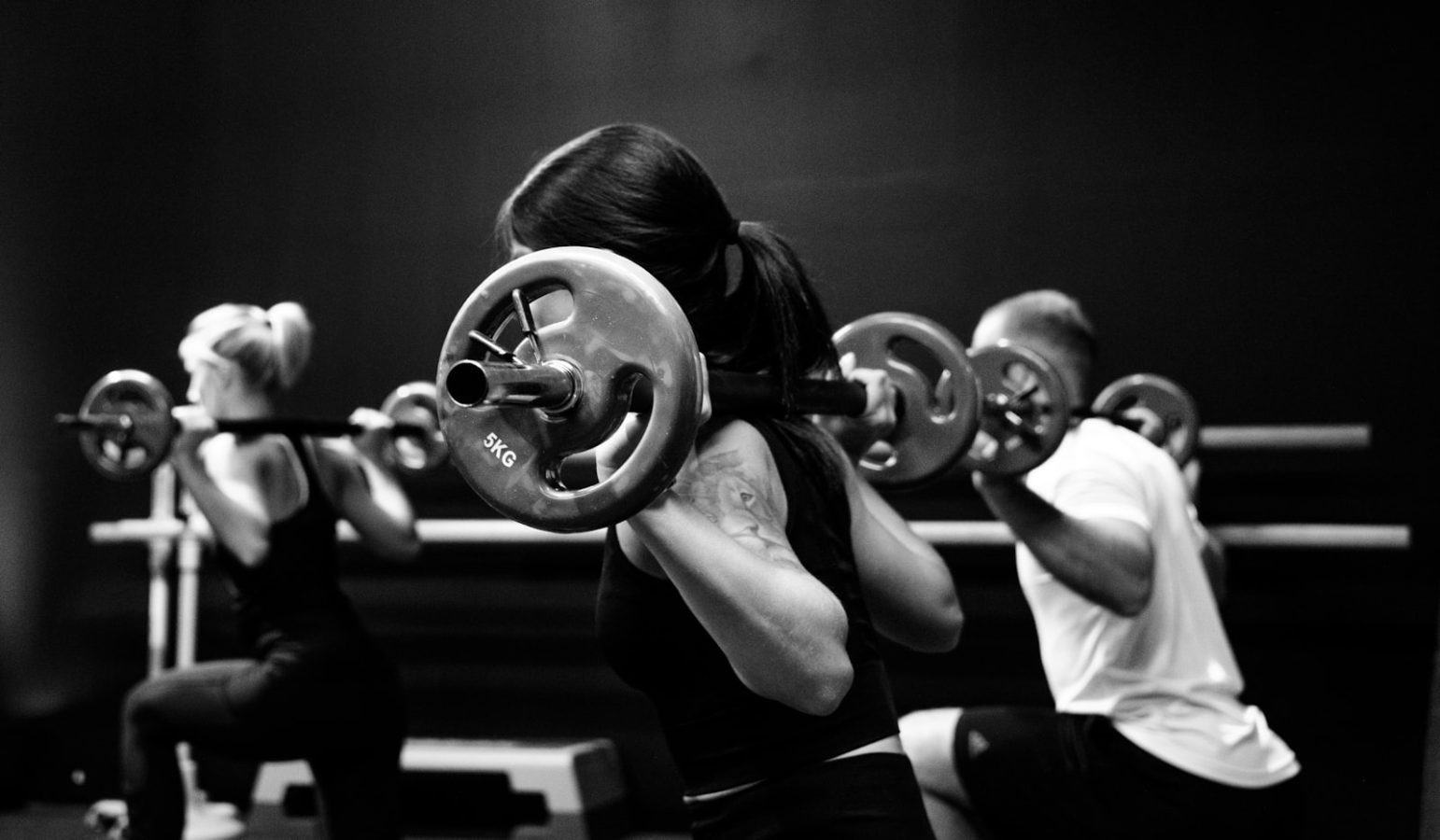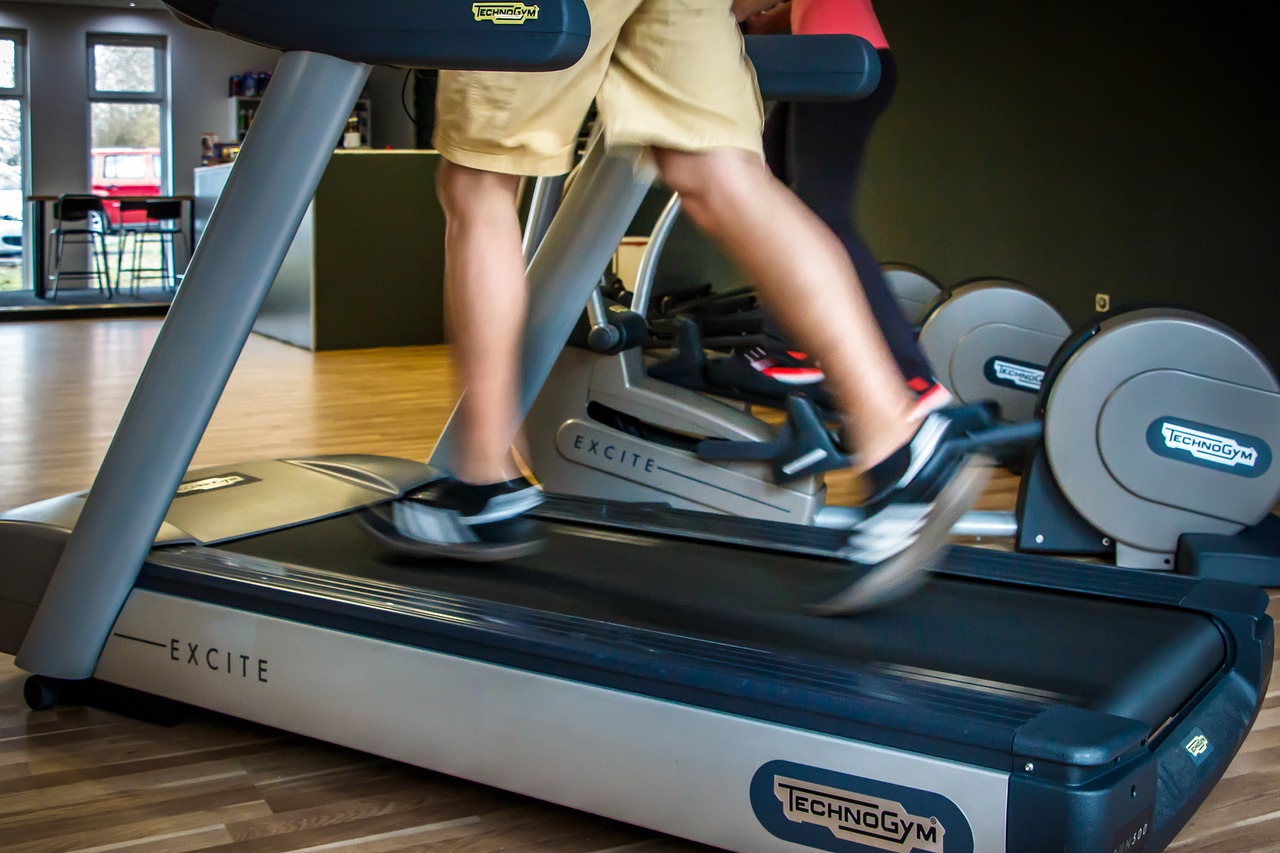TL;DR: HIIT workouts for weight loss deliver big results in short sessions. Alternate bursts of near-max effort with brief recovery, train 2–3 times a week, pair with light cardio and a small calorie deficit, and track performance, not only the scale. Below you’ll find science-backed benefits, practical formats, a detailed 4-week plan, and safety notes.
If you’re short on time but serious about results, HIIT workouts for weight loss are a powerful choice. High-Intensity Interval Training alternates short bursts of near-max effort with recovery phases. That simple structure increases total calorie burn per minute, drives cardiovascular adaptations, and helps preserve lean muscle when compared to endless steady cardio. Most importantly, HIIT fits real life: busy adults can get meaningful training done in 15–20 minutes without living in the gym. In this guide, you’ll learn how HIIT works, why it’s so effective, and how to implement it safely—plus a complete 4-week plan you can start today.
What Is HIIT and Why It Works
HIIT is built on intervals. A classic template is 30 seconds of hard work followed by 60–90 seconds of easy movement. Those intense efforts recruit more muscle fibers, raise heart rate rapidly, and create metabolic stress that continues to elevate energy expenditure after the session ends. Compared to steady-state cardio, HIIT can produce similar or greater fitness gains in less time, especially in VO2 improvements and insulin sensitivity. That’s why many people find it easier to stay consistent with HIIT than with long, monotonous workouts.
Scientific guidance from reputable organizations emphasizes total activity and sustainability. See the CDC Physical Activity Guidelines for adults and practical summaries from Harvard Health on interval training benefits. Used correctly, HIIT doesn’t replace all cardio, but it amplifies the impact of your weekly routine.
Benefits of HIIT for Weight Loss
Efficiency: In 15–20 minutes, you can accumulate enough intense work to match 40–45 minutes of moderate cardio. That time advantage matters when you’re juggling family, work, and recovery.
Afterburn effect: The elevated post-exercise oxygen consumption means your body continues to use extra energy to restore homeostasis—replenishing fuel, clearing byproducts, and repairing tissue. It’s not magic, but over weeks it adds up.
Muscle preservation: Short, high-effort intervals are easier to pair with strength work than hours of slow cardio. Keeping muscle while reducing fat improves body composition and keeps metabolism higher at rest.
Flexibility: HIIT can be done anywhere: treadmill, bike, rowing machine, hill sprints, or pure bodyweight circuits at home. That flexibility keeps adherence high, which is the most important predictor of success.
HIIT vs Steady-State Cardio
| Factor | HIIT | Steady Cardio |
|---|---|---|
| Typical Duration | 10–25 min | 30–60 min |
| Calories per Minute | Higher | Moderate |
| Perceived Effort | High (bursty) | Moderate (steady) |
| Joint Stress | Moderate–High (depends on modality) | Low–Moderate |
| Best Use | Time-efficient fat-loss boost | Base endurance, active recovery |
In practice, blending both works best. Use HIIT workouts for weight loss two or three times per week for intensity and pair them with easy walking or cycling to build aerobic base and aid recovery.
The Best HIIT Workouts for Weight Loss
Rotate these formats based on your equipment and joints. Keep the hard intervals honest (8–9/10 effort) and the recoveries truly easy.
- Treadmill Sprints: 30 sec all-out + 90 sec walk × 8 rounds. Start with a slight incline to reduce impact and keep stride compact.
- Stationary Bike: 20 sec max + 70 sec easy × 10 rounds. Joint-friendly and easy to scale—just adjust resistance and cadence.
- Rowing Machine: 40 sec strong + 80 sec slow × 6–8 rounds. Full-body drive engages legs, core, and back, delivering big metabolic return.
- Bodyweight Circuit: 30 sec each of burpees, squats, push-ups, mountain climbers; rest 60 sec; repeat 4–5 rounds. Keep form crisp.
Sample 20-Minute HIIT Session (Step by Step)
Warm-up (5 minutes): easy cardio + dynamic mobility (leg swings, hip circles, arm sweeps). Increase pace gradually until you can speak in short sentences but feel mildly warm.
Intervals (12–14 minutes): 30 sec hard + 90 sec recovery × 6–8 rounds. Hard = 8–9/10 effort where you cannot speak more than a word or two; recovery = 3–4/10 easy pace. If you’re new to HIIT workouts for weight loss, start with 6 rounds and add one round per week.
Cool-down (3–5 minutes): gentle movement + light stretching for calves, quads, and hips. Your breathing should return close to normal by the end.
A Practical 4-Week HIIT Plan
Consistency beats perfection. Follow this framework, then repeat and progress. Keep at least one day between HIIT sessions and use easy walking or cycling as active recovery.
- Week 1 — Learn the Rhythm: 1 HIIT session (treadmill or bike), 2–3 brisk walks (30–40 min). Focus on pacing and clean technique.
- Week 2 — Add Variety: 2 HIIT sessions (e.g., treadmill + bike). Keep total work similar but add one round to your intervals if effort stays manageable.
- Week 3 — Build Capacity: 2–3 HIIT sessions (add rowing or a bodyweight circuit). Track heart rate or perceived exertion; avoid going to failure on every round.
- Week 4 — Consolidate: Maintain 2–3 HIIT sessions, mix modalities, and review performance (more rounds, pace, resistance). Adjust calories if fat loss has stalled.

Who Should Be Careful with HIIT
HIIT is demanding on the heart, lungs, and joints. If you’re deconditioned, over 40, or have a history of injuries, start with one weekly session and keep your other days low impact (walking, swimming, or elliptical). Those with cardiovascular or joint concerns should consult a healthcare professional before beginning. Remember: the goal of HIIT workouts for weight loss is steady progress, not exhaustion every time.
My Personal Experience
When I first tried HIIT workouts for weight loss, I honestly thought they’d be too intense for me. But I decided to start small — just 10 minutes, twice a week, doing short bursts of effort on a stationary bike. At first, I was gasping for air, but within a few weeks my stamina and confidence grew. What surprised me most was how energizing it felt afterward — not exhausting, but uplifting. Even on busy days, I could fit in a quick HIIT session and feel like I’d done something real for my health. For anyone over 40, HIIT workouts for weight loss aren’t about pushing to the limit — they’re about finding your rhythm, staying consistent, and letting short sessions add up to long-term results.
Smart Recovery for HIIT Workouts for Weight Loss
The biggest gains from HIIT workouts for weight loss come when recovery is planned, not guessed. After 40, tissues adapt between sessions, so smart spacing prevents burnout and keeps progress steady.
- Spacing: 2–3 HIIT sessions per week with at least 48 hours between hard days. Keep strength work on separate days or before short HIIT.
- Active recovery: 20–40 minutes of easy walking, cycling, or swimming (Zone 2) plus 5–10 minutes of mobility (hips, hamstrings, thoracic spine).
- Fuel & fluids: Eat a protein-rich meal (≈20–30 g protein) within 2 hours of training and hydrate; add electrolytes if you sweat heavily.
- Sleep: Aim for 7–8 hours—poor sleep blunts fat-loss results and performance. See how to improve sleep after 40.
- Deload rhythm: Every 4th week, reduce total rounds by 20–30% and lengthen recoveries to lock in adaptations.
With this recovery rhythm, HIIT workouts for weight loss stay sustainable, enjoyable, and keep performance trending up over time.
Technique and Recovery Tips
- Form first: crisp posture on the treadmill or bike; controlled landings for any plyometrics.
- True recovery: keep the easy portions truly easy so the next hard interval can be hard.
- Fuel wisely: small carb-protein snack 60–90 minutes pre-HIIT can improve performance; hydrate before and after.
- Sleep 7–8 hours: adaptation happens between sessions; poor sleep blunts results.
FAQ: HIIT and Weight Loss
How often should I do HIIT for weight loss?
Two to three sessions per week is enough for most people. Fill the rest of the week with light activity and, if you lift, keep strength sessions on separate days or before short HIIT to protect performance.
Is HIIT better than strength training?
They do different jobs. Lifting protects muscle and raises long-term energy expenditure; HIIT boosts calorie burn and cardiorespiratory fitness. Combined, they create the strongest fat-loss results.
Can beginners try HIIT?
Yes, with modifications. Use brisk walk intervals or a low-resistance bike to start, keep rounds to 5–6, and lengthen recovery to 2 minutes if needed. Over 4–6 weeks, tighten work:rest and add rounds.
Does HIIT burn belly fat?
HIIT reduces overall body fat. Spot reduction isn’t real, but as body fat drops, waist measurements typically improve. Combine intervals with adequate protein, a small calorie deficit, and consistent sleep for best results.
Internal Links — Explore More Guides
- Best Cardio Exercises for Weight Loss
- Strength Training for Weight Loss
- Best Exercises for Weight Loss at Home
- Best Exercises for Weight Loss After 40

